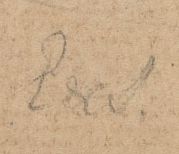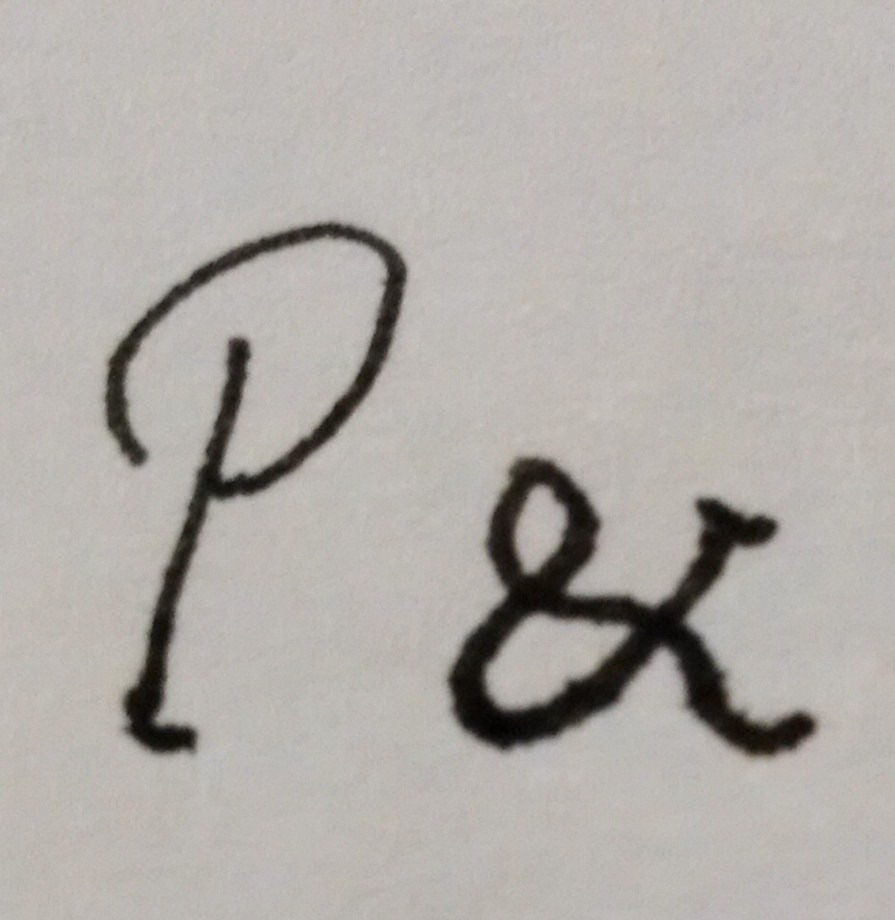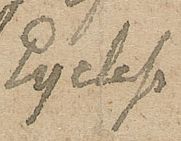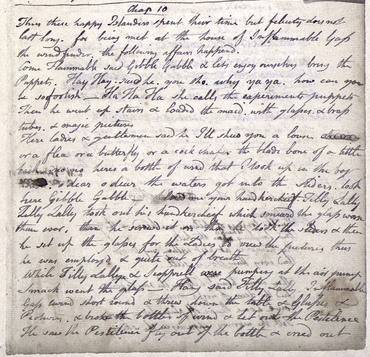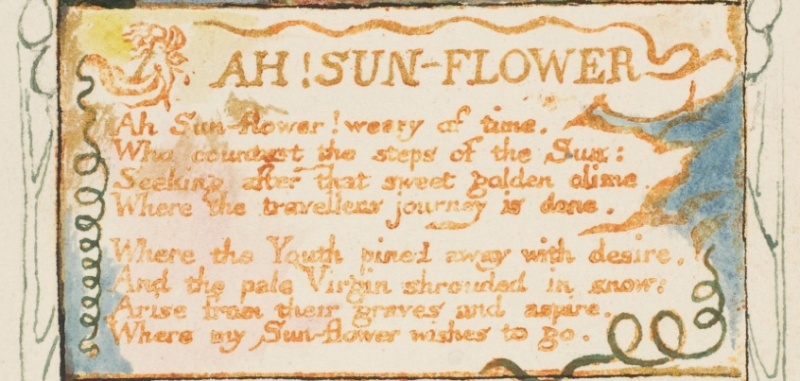The other week, I posted an entry concerning my transcription of a set of manuscript pages beginning “then She bore Pale desire”. At the bottom of one of the pages, what seems to be an abbreviation is written in pencil marks that have either faded over time or were initially written with a series of light strokes. Here’s the image again:
My initial guess was “EscS.”. However, I was not comfortable with this reading for several reasons, and so I contacted Blake scholar Dr. Alexander Gourlay. Sandy agreed that the final letter is an “S” and provided this tracing of the other marks:
Sandy and I came to the conclusion that the first letter could be an “E” or a “P”. Given the above images, “E” might not be the obvious choice, but in this manuscript, Blake’s capital “E”s often resemble a standard capital letter “P”. Take the following example:
This word is “Eyeless”. I also believed the initial letter in question to be an “E” (as opposed to a “P”) because of the way in which the stroke at the bottom of the letter goes forward (as they always do with Blake’s “E”s), whereas the downstroke of Blake’s capital “P”s generally terminate without any sort of “tail” or with a backward stroke. However, after Sandy’s suggestion of the possibility that this could be a “P”, I searched the manuscript further and found the following:
As for the portion of this supposed abbreviation that I originally read as “sc”, Sandy saw an ampersand. Frankly, his reading hit me like a ton of bricks—and this is a perfect example of why enlisting a fresh pair of eyes when dealing with a textual crux is always a good idea. The ampersand solves the problem that my reading faced of a capital “S” following a series of lowercase letters. However, while certainly correct, it seems out of place here to a degree because, in the rest of the manuscript, Blake uses alpha-shaped ampersands, which are consistent with his informal hand. (This is part of the reason why an ampersand never even occurred to me when I first tried to decipher this bit of writing.) Here’s a representative example of the ampersands in “Pale desire”:
Blake typically uses formal ampersands (such as the one in question) in titles. So this leaves us wondering what a formal ampersand with the letters “E” and “S” or “P” and “S” is doing at the bottom of this page.
To be continued (again)….
—

